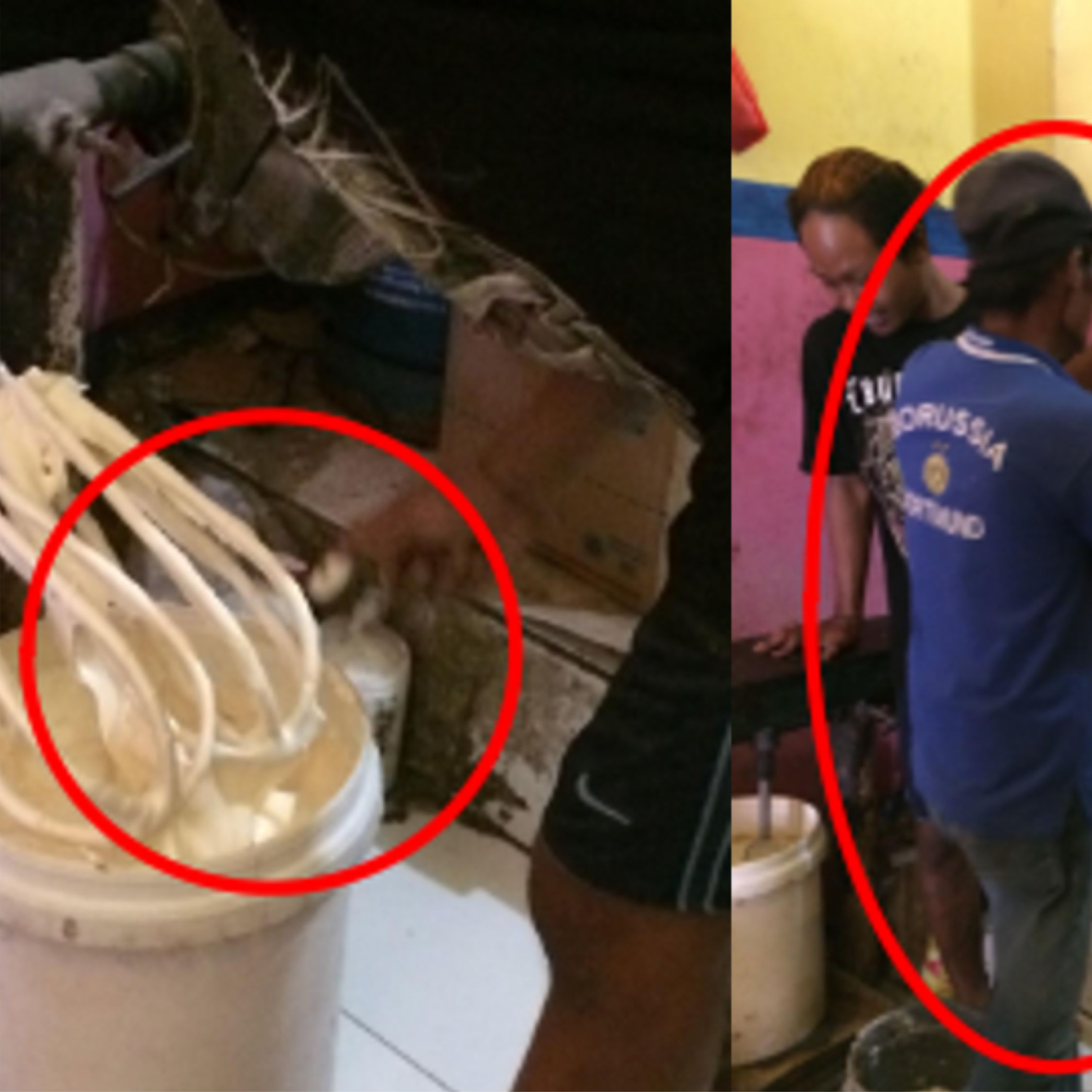Penerapan Hazard Analysis Critical Control Point (HACCP) pada Produksi Brownies UMKM 3 Sekawan Cake and Bakery
DOI:
https://doi.org/10.14421/jbs.1306Keywords:
brownies, HACCP, industri rumah tanggaAbstract
Indonesia memiliki banyak industri rumah tangga. Akan tetapi, kebanyakan industri tersebut belum sepenuhnya memerhatikan aspek sanitasi dan keamanan produksinya. Kegiatan pengabdian ini dilakukan dengan menerapkan hazard analysis and critical control point (HACCP) pada proses produksi brownies di UMKM 3 Sekawan Cake and Bakery. Adapun kegiatan yang dilakukan meliputi observasi secara langsung dan wawancara kepada pemilik industri rumah tangga dan pekerjanya. Kegiatan ini menghasilkan temuan bahwa terdapat 3 jenis potensi bahaya yang ditinjau dari segi biologi, fisik, dan kimia terhadap aspek produksi pada pembuatan brownies. Hasil dari HACCP ini menunjukkan bahwa 3 tahapan yang dianggap sebagai CCP di antaranya: proses penerimaan bahan baku, pemanggangan, dan pengemasan.
[Indonesia has many home industries, but most of them do not enough attention to aspects of sanitation and production safety. This community service was carried out by the application of HACCP on brownies production in home industry 3 Sekawan Cake and Bakery. This activity was carried out by observation and interview with the owner and the workers. The results of the activity found that there were 3 types of potential hazards in terms of biological, physical, and chemical aspects of the production of brownies. The result of HACCP showed that the 3 processing stages such as receiving raw materials, baking, and packaging processes were considered as CCP.]
References
APTINDO. (2016). Indonesia Wheat Flour Cunsumption Growth. Retrieved October 15, 2018, from http://aptindo.or.id/2016/10/28/indonesia-wheat-flour-cunsumption-growth
BPS. (2016). Jumlah Perusahaan Industri Mikro dan Kecil Menurut 2-Digit KLBI. Retrieved October 15, 2018, from https://www.bps.go.id/dynamictable/2015/11/24/1011/jumlah-perusahaan-industri-mikro-dan-kecil-menurut-2-digit-kbli-2010-2015.html
BPS. (2017). Laporan Bulanan Data Sosial Ekonomi Edisi 84 Bulan Mei 2017. Retrieved October 15, 2018, from https://www.bps.go.id/website/pdf_publikasi/Laporan-Bulanan-Data-Sosial-Ekonomi-Mei-2017.pdf
Bryan, F. L. (1995). Analisis Bahaya dan Pengendalian Titik Kritis. Jakarta: Departemen Kesehatan RI.
Pramesti, N., Setyanto, N. W., & Yuniarti, R. (2013). Analisis Persyaratan Dasar dan Konsep Hazard Analysis Critical Control Point (HACCP) dengan Rekomendasi Perancangan Ulang Tata Letak Fasilitas (Studi Kasus: KUD DAU Malang). Jurnal Rekayasa Dan Manajemen Sistem Industri, 1(2), 286–298.
Suklan, H. (1998). Pedoman Pelatihan System Hazard Analysis Critical Control Point (HACCP) untuk Pengolahan Makanan. Jakarta: Departemen Kesehatan RI.
Taheri, N., Semnani, S., Roshandel, G., Namjoo, M., Keshavarzian, H., Chogan, A., … Joshaghani, H. (2012). Aflatoxin Contamination in Wheat Flour Samples from Golestan Province, Northeast of Iran. Iran Journal of Public Health, 41(9), 42–47.
USDA. (2005). Regulation and Policies, Federal Register Publications and Documents: Related Documents for Docket 04-034N- Draft Risk Assesments of Salmonella Enteritidis in Shell Eggs and Salmonella spp. in Egg Products. Retrieved October 15, 2018, from https://www.fsis.usda.gov/wps/wcm/connect/1f13a3dd-8931-4d5a-af1b-597917db353e/03-Biology-Eggs.pdf?MOD=AJPERES

Downloads
Published
How to Cite
Issue
Section
License
Authors who publish with this journal agree to the following terms:
- Authors retain copyright and grant the journal right of first publication with the work simultaneously licensed under a Creative Commons Attribution-NonCommercial-ShareAlike 4.0 International (CC BY-NC-SA 4.0) that allows others to share the work with an acknowledgement of the work's authorship and initial publication in this journal.
- Authors are able to enter into separate, additional contractual arrangements for the non-exclusive distribution of the journal's published version of the work (e.g., post it to an institutional repository or publish it in a book), with an acknowledgement of its initial publication in this journal.
- Authors are permitted and encouraged to post their work online (e.g., in institutional repositories or on their website) prior to and during the submission process, as it can lead to productive exchanges, as well as earlier and greater citation of published work.





